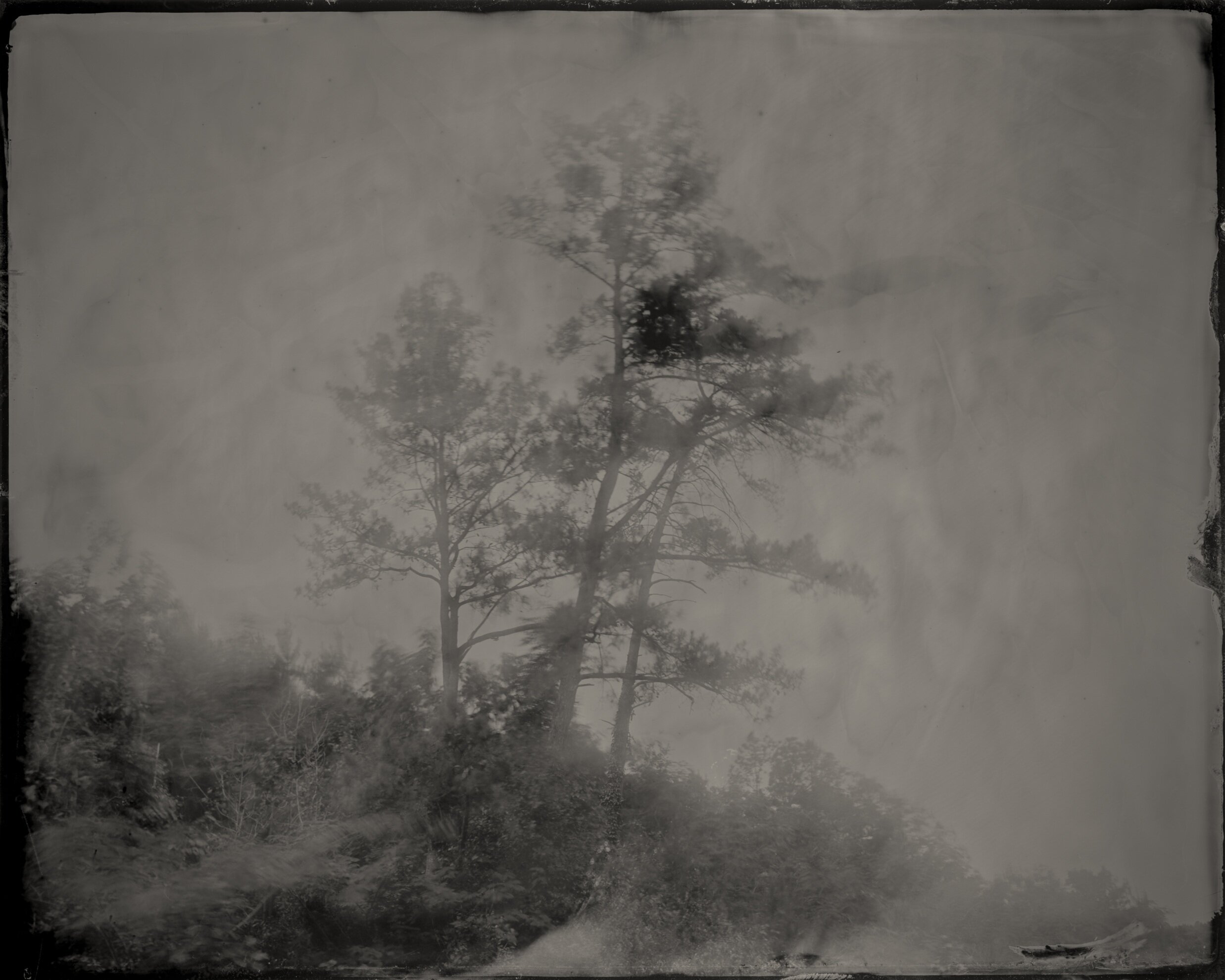
GUSDUGGER TINTYPE PHOTOGRAPHS is a collaborative project by Birmingham-based photographers CARY NORTON + JARED RAGLAND.
Bessemer Mounds, Jefferson County, Alabama, 2017
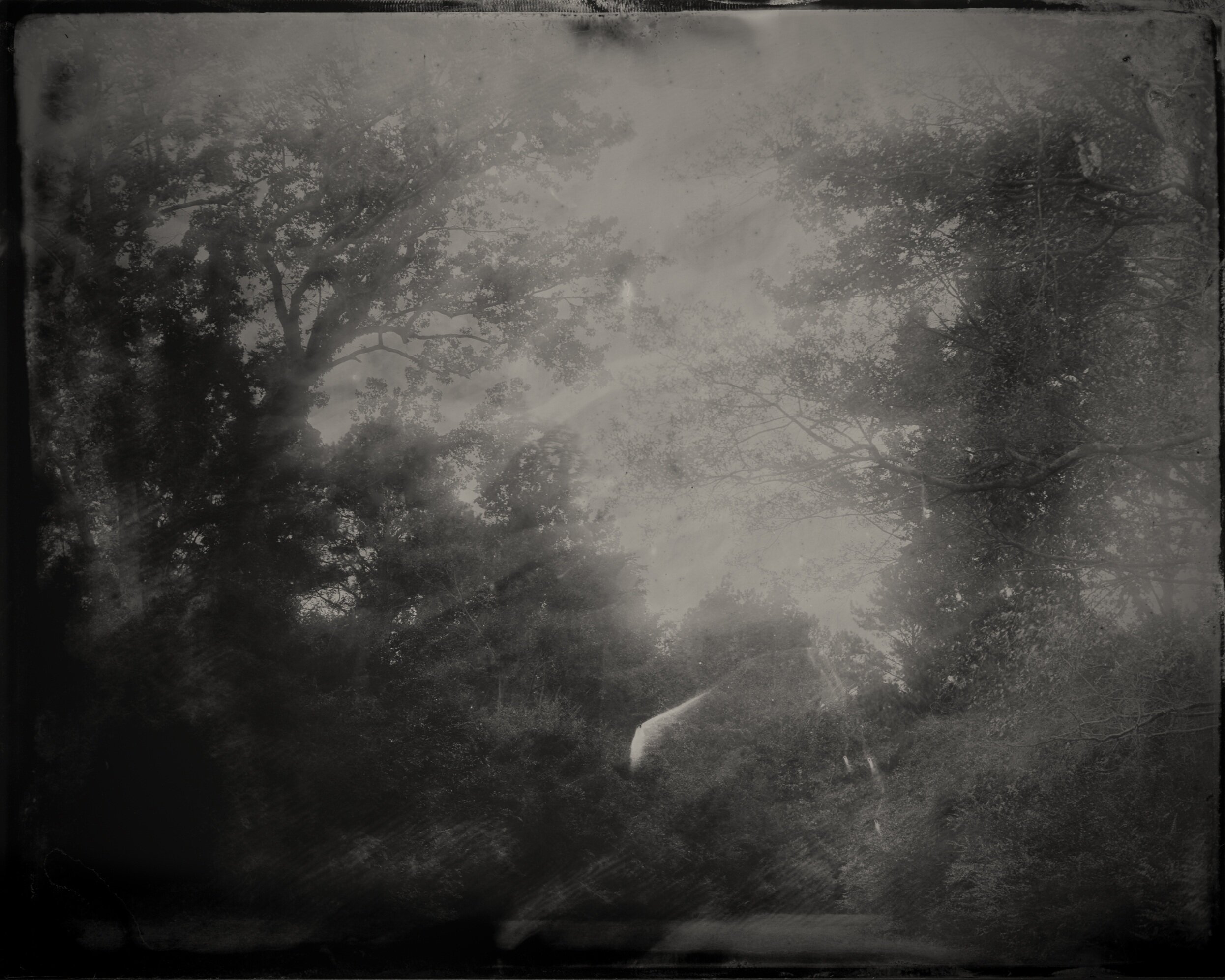
Garrett Cemetery, Cherokee County, Alabama, 2017
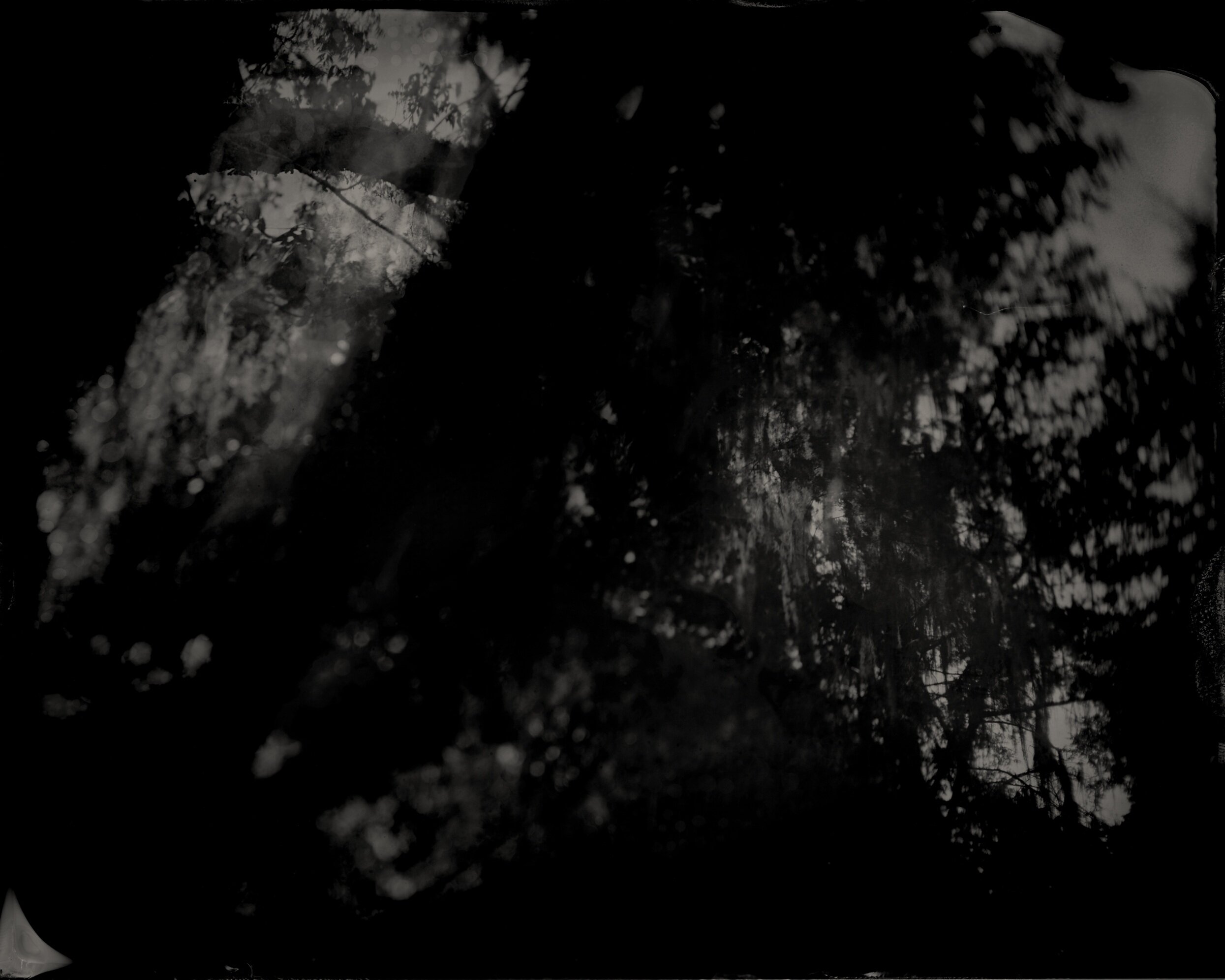
Old Cahawba, Dallas County, Alabama, 2017.
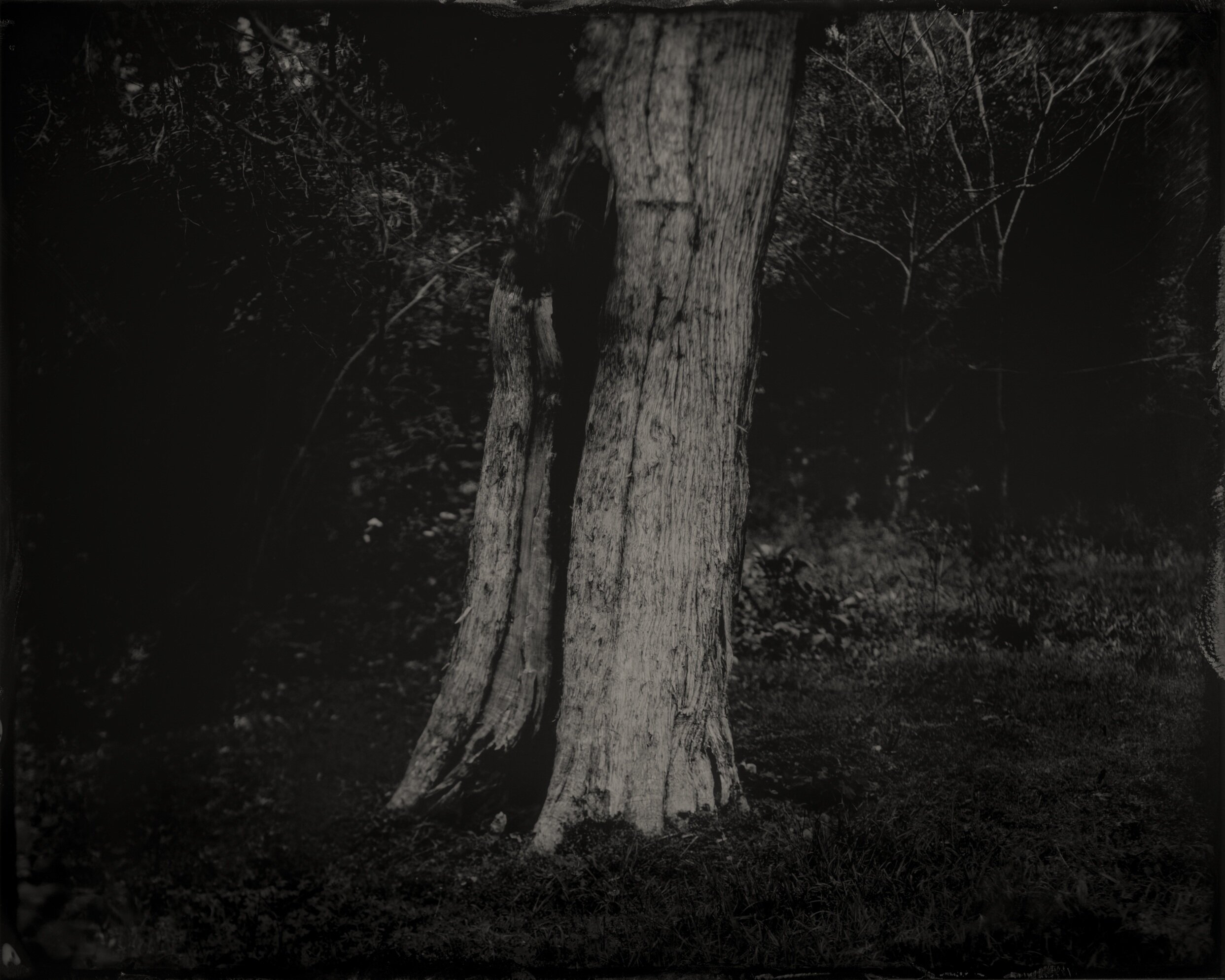
Hollowed cedar tree at the entrance of Manitou Cave, outside of Fort Payne, Alabama, formerly Willstown, a Chickamauga settlement of the Cherokee nation, 2017
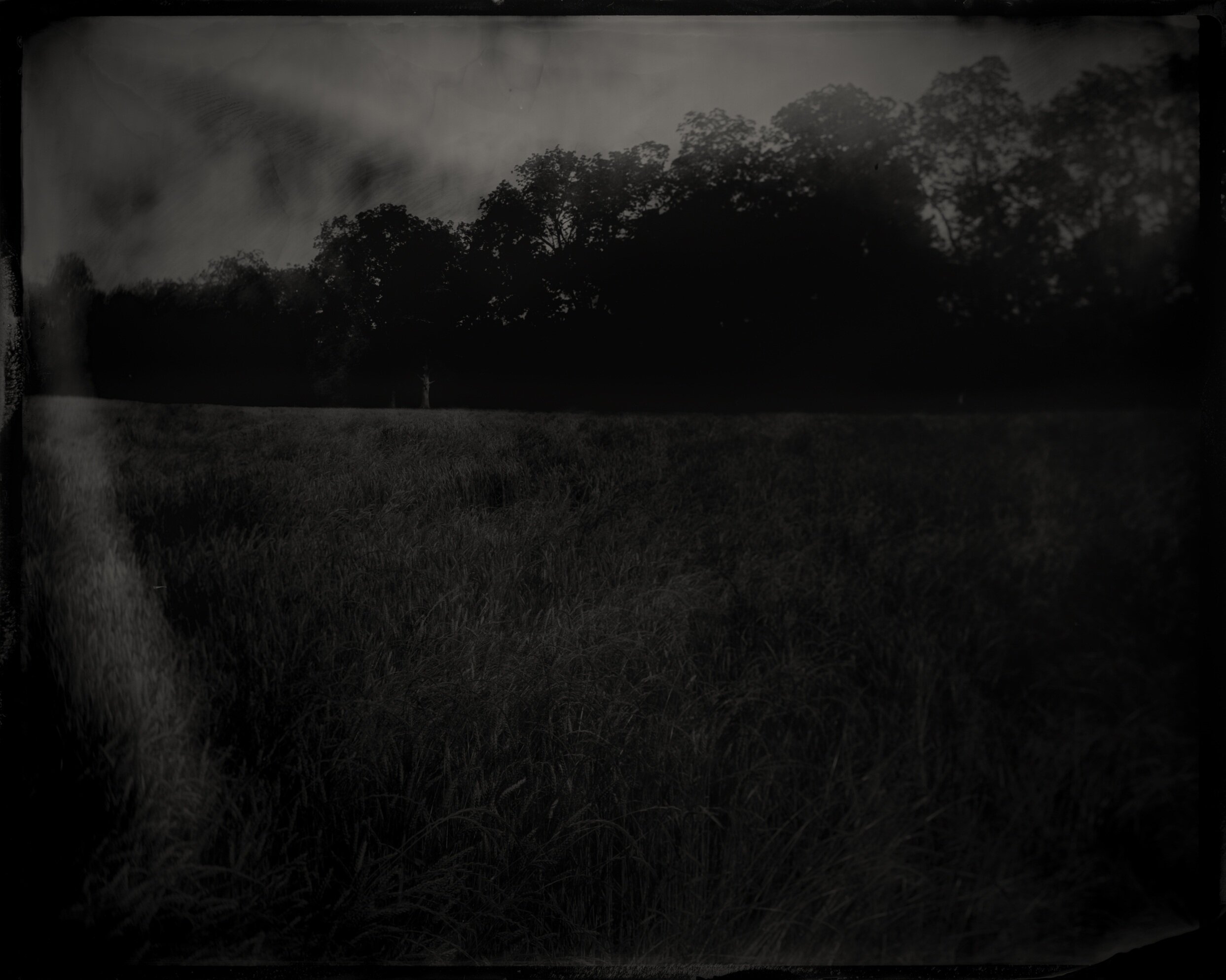
Ohatchee, Calhoun County, Alabama, 2017
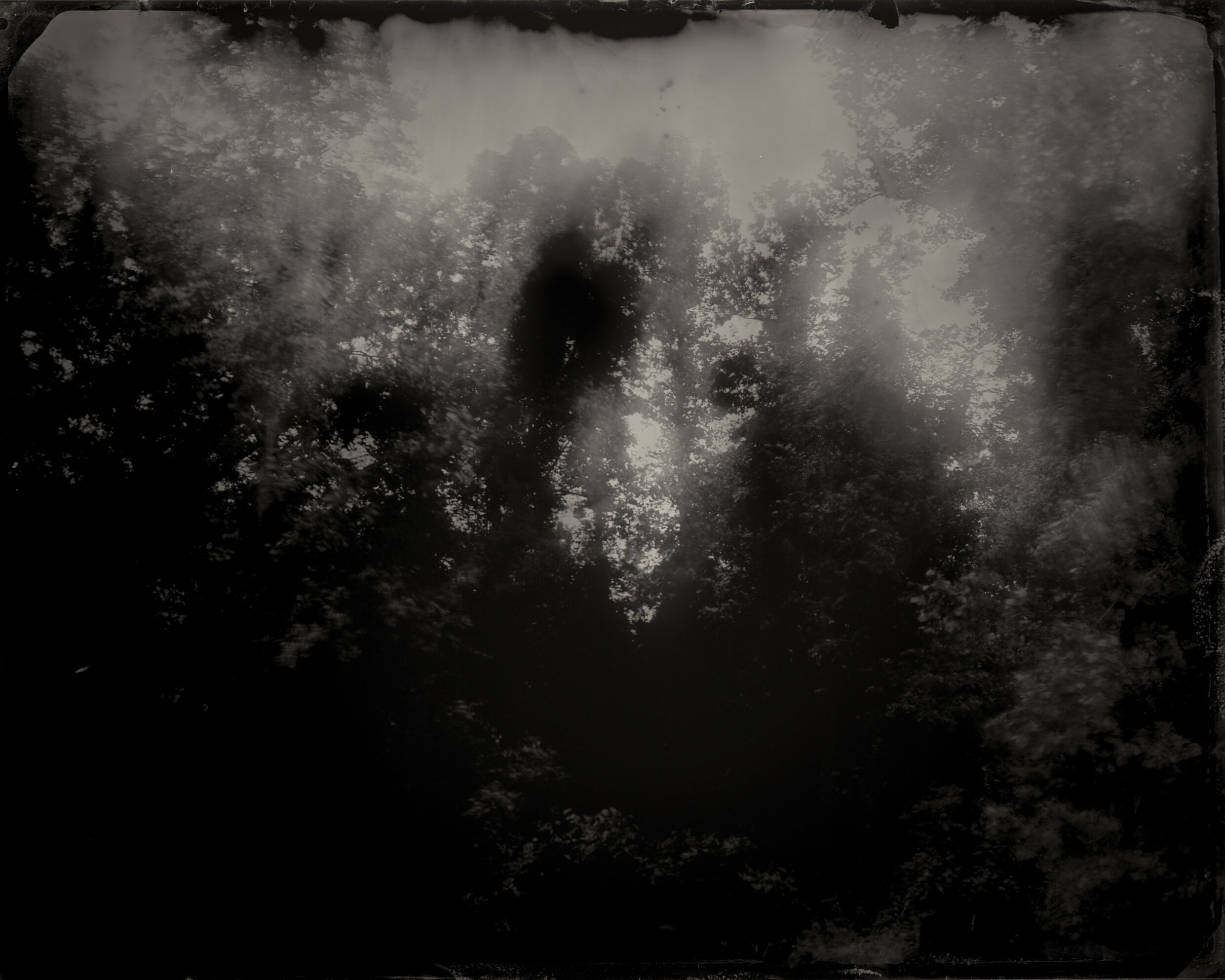
Bessemer Mounds, Jefferson County, Alabama, 2017
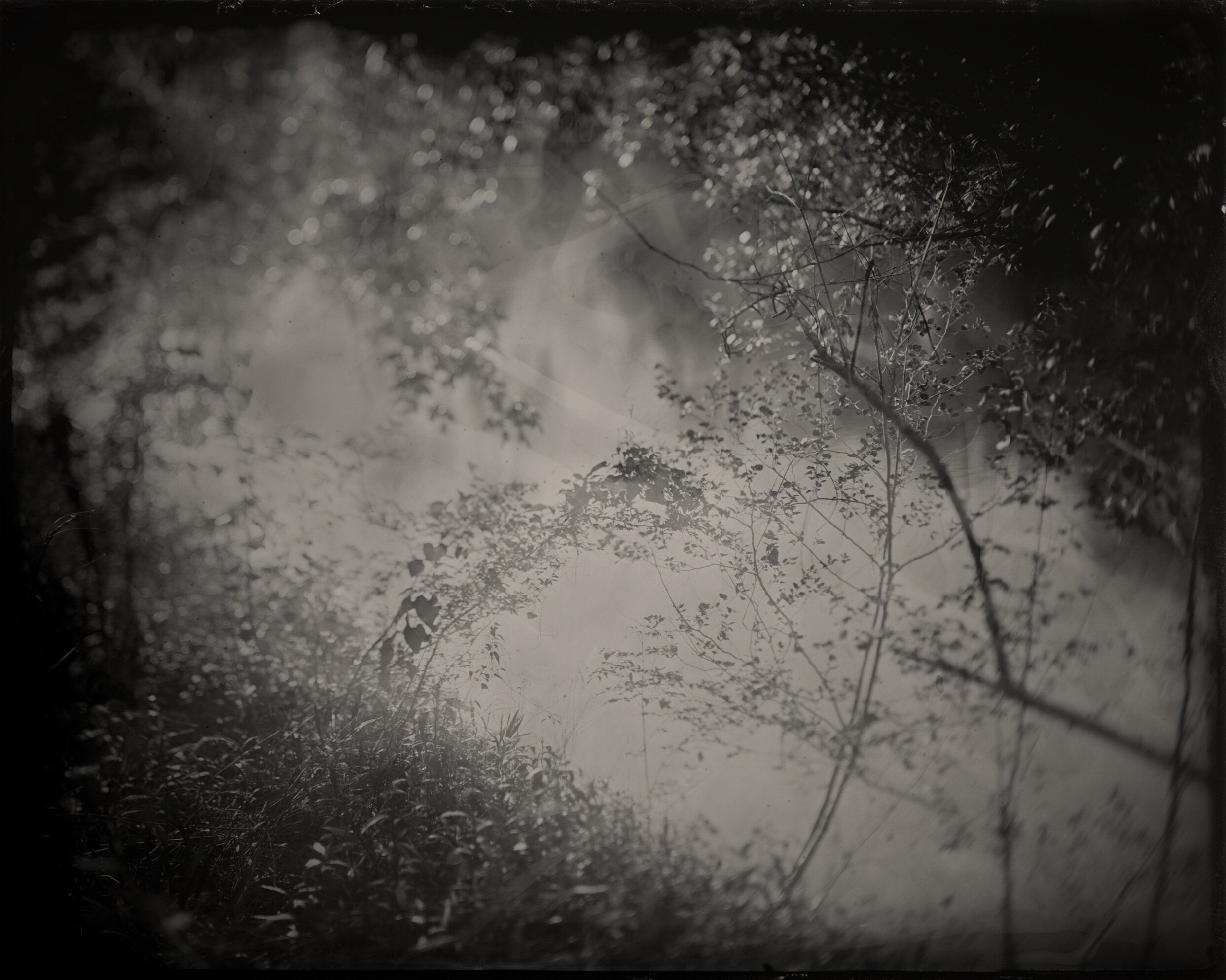
Cahaba River, Dallas County, Alabama, 2017.
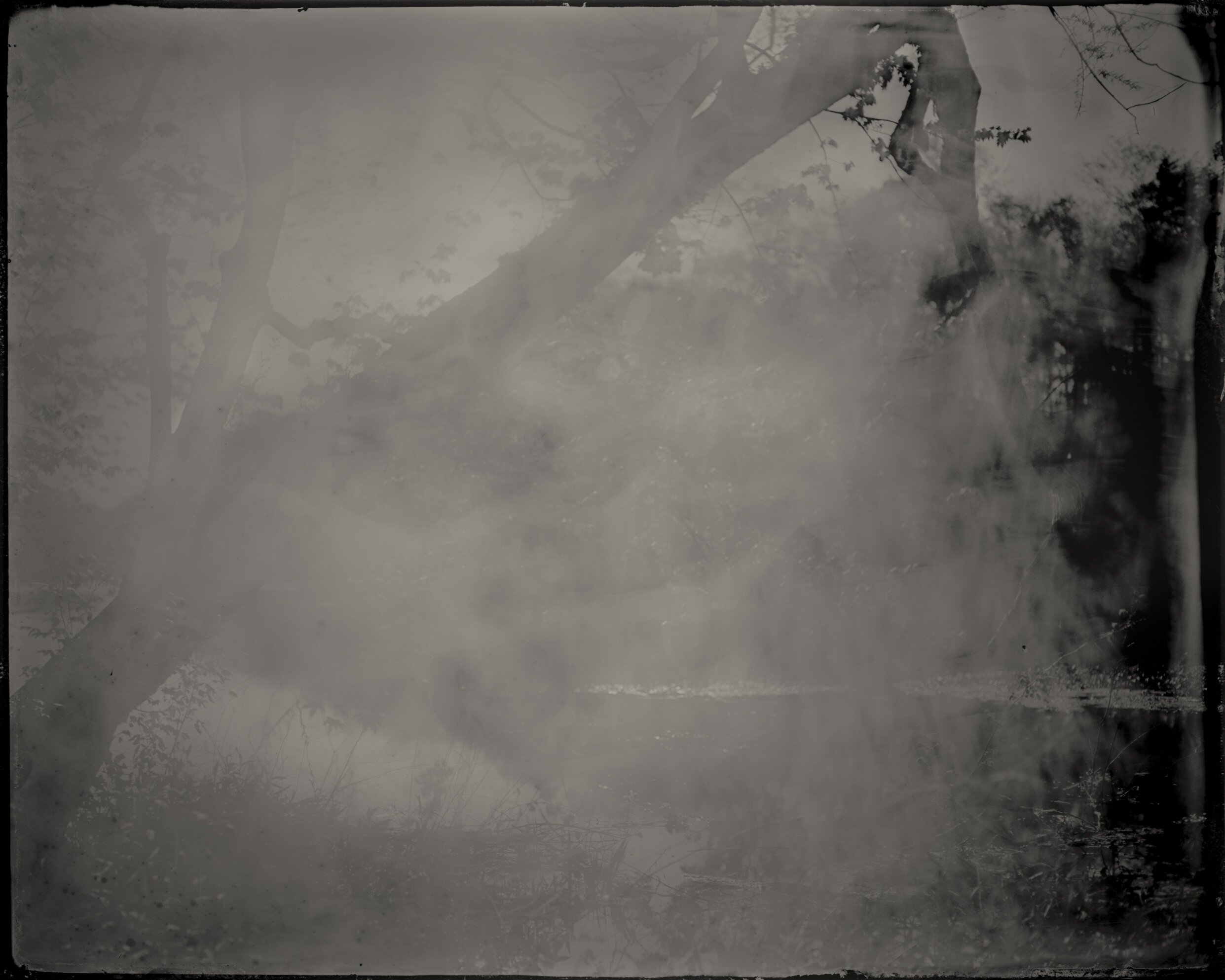
Coosa River, Cherokee County, Alabama, 2017.
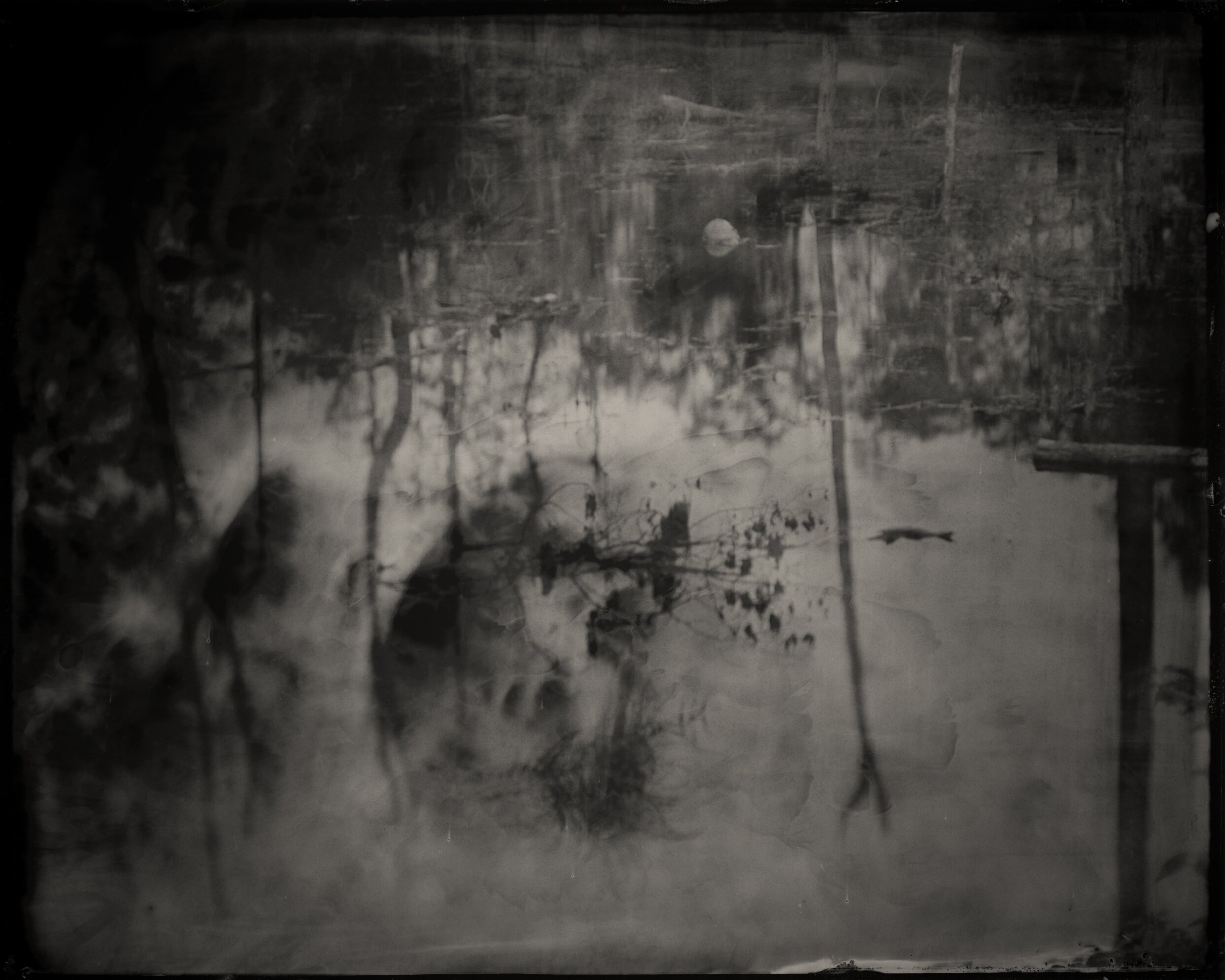
Near DeSoto Falls, DeKalb County, Alabama, 2017
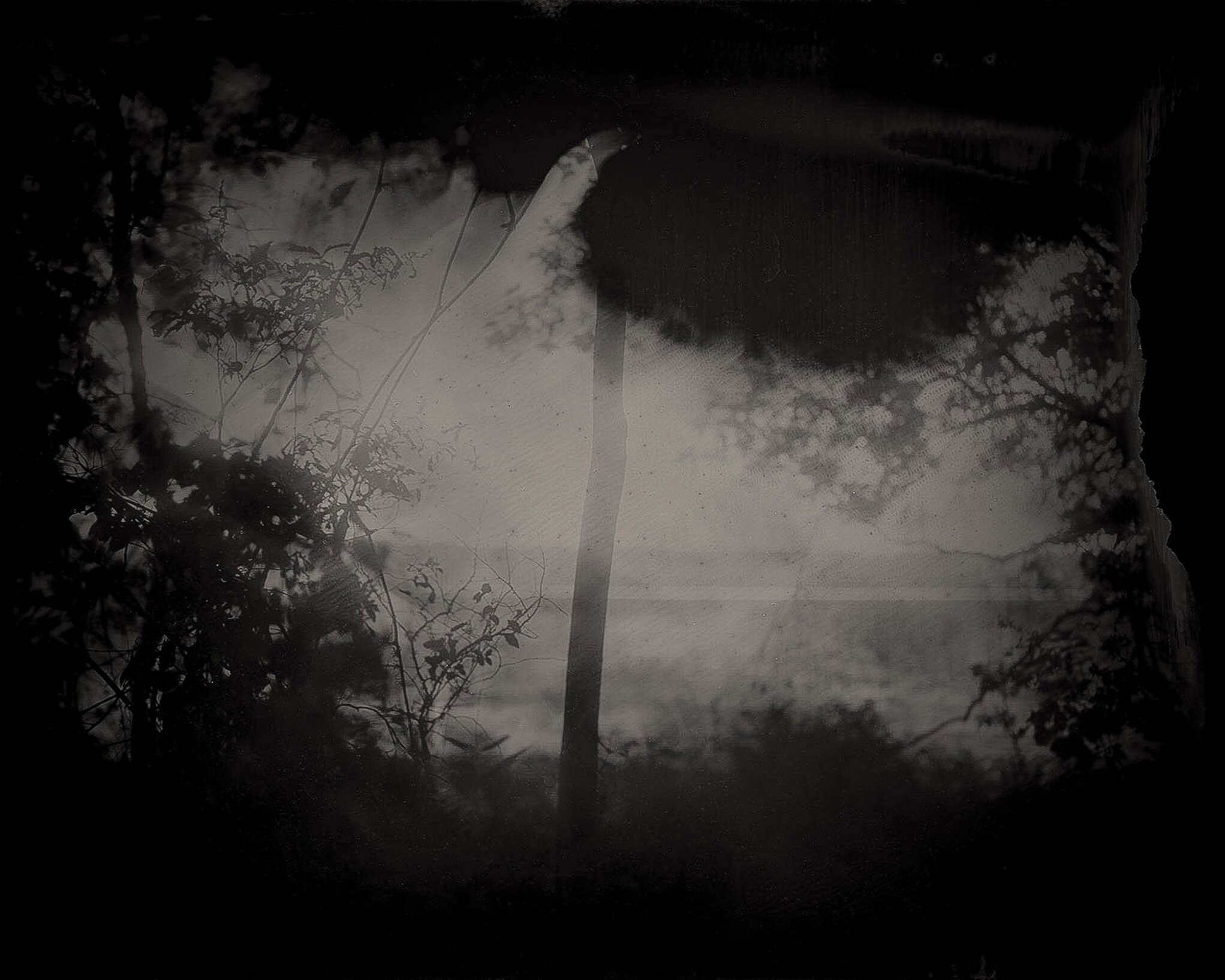
Site of Turkeytown, Cherokee County, Alabama, 2017
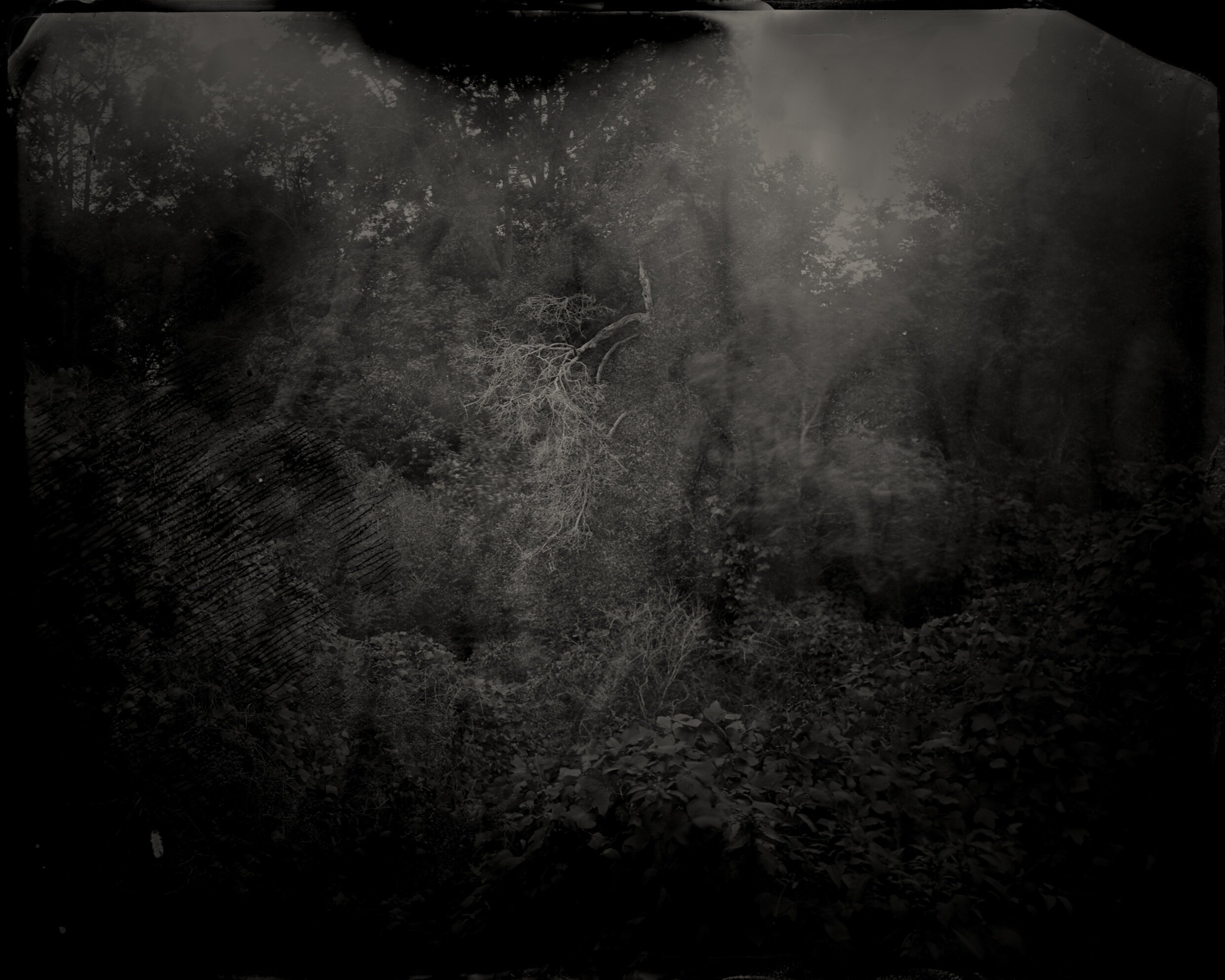
Moundville, Hale County, Alabama, 2017
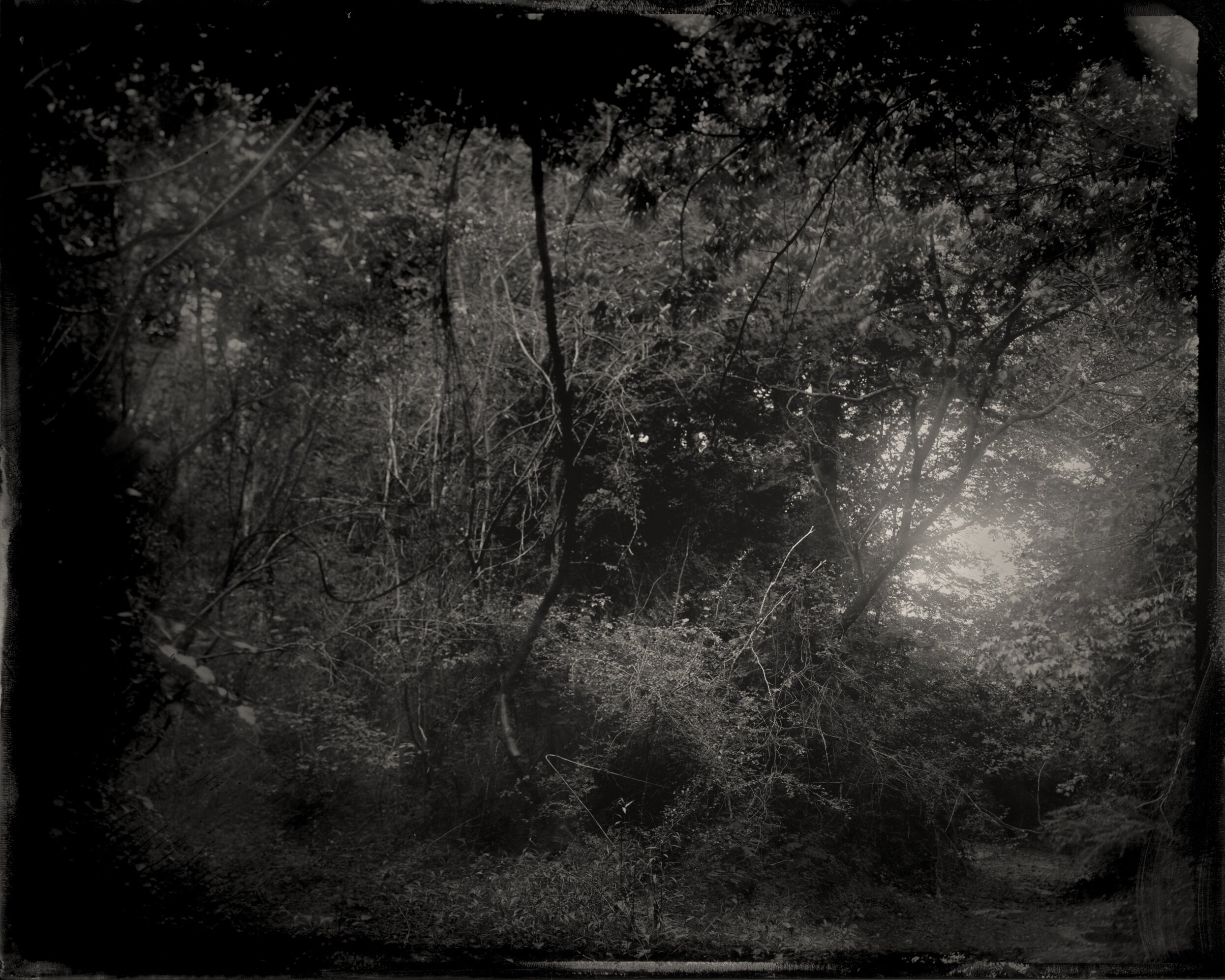
Ten Islands, St. Claire County, Alabama, 2017
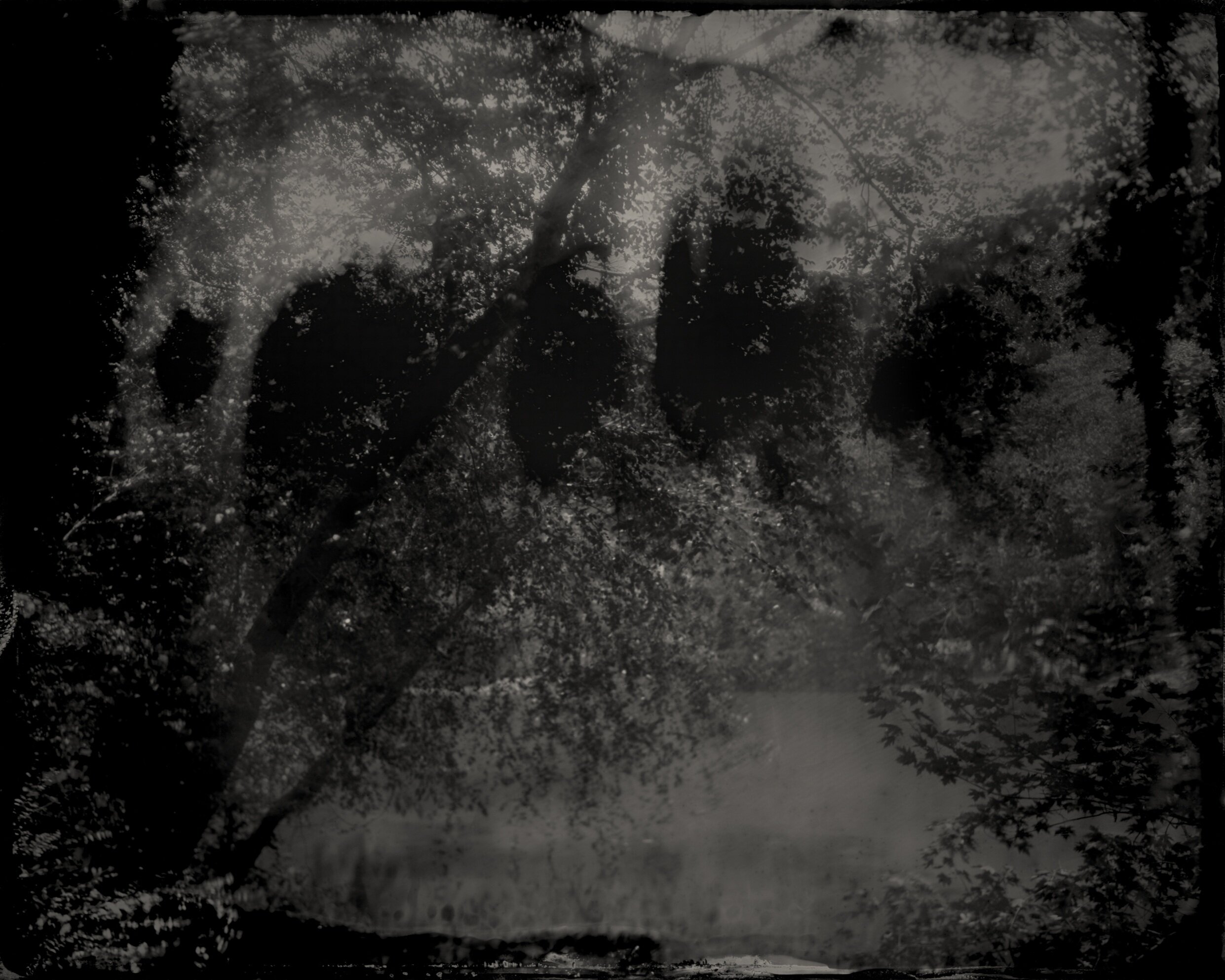
Coosa River, Cherokee County, Alabama, 2017
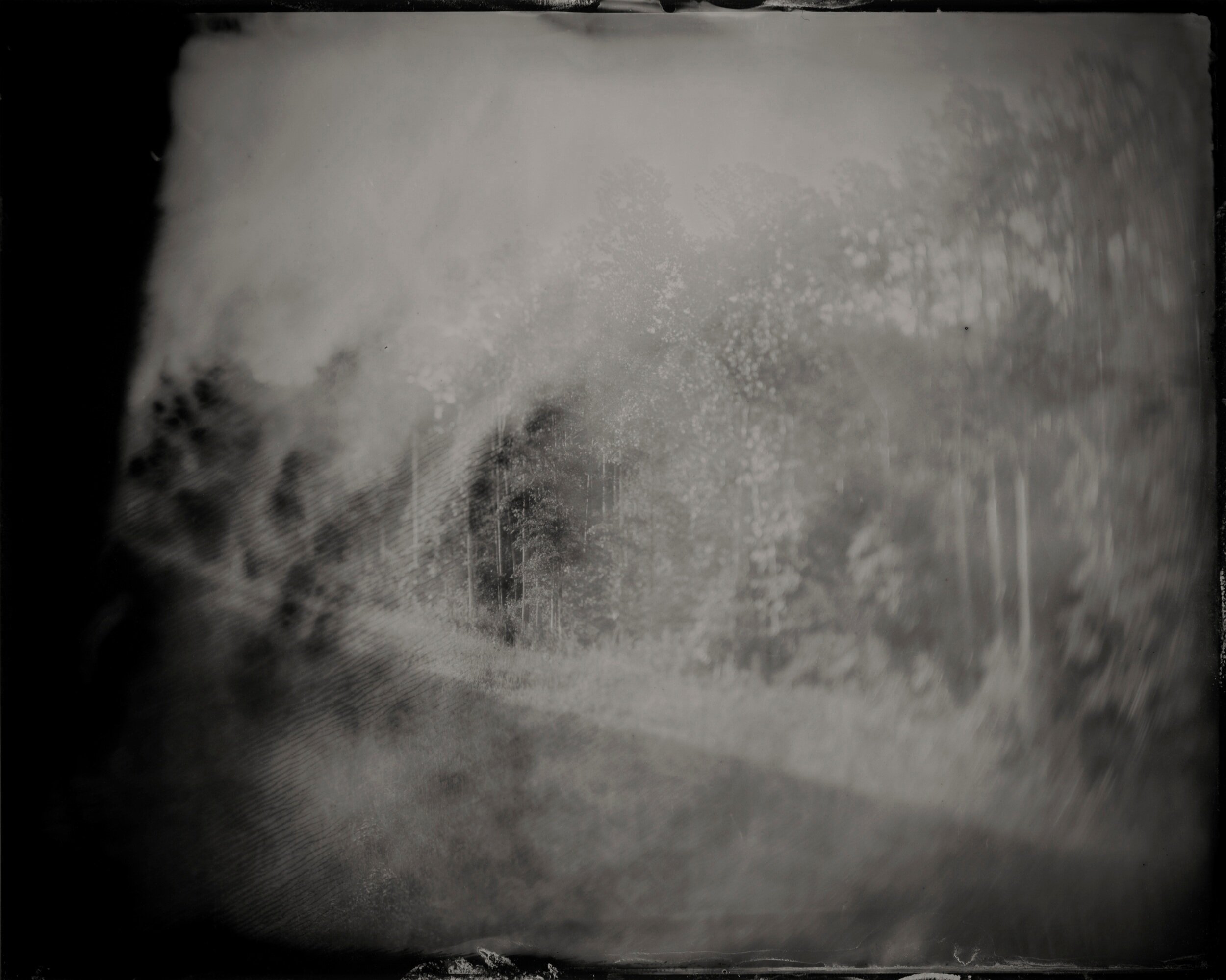
Near Socopatoy, Coosa County, Alabama, 2017
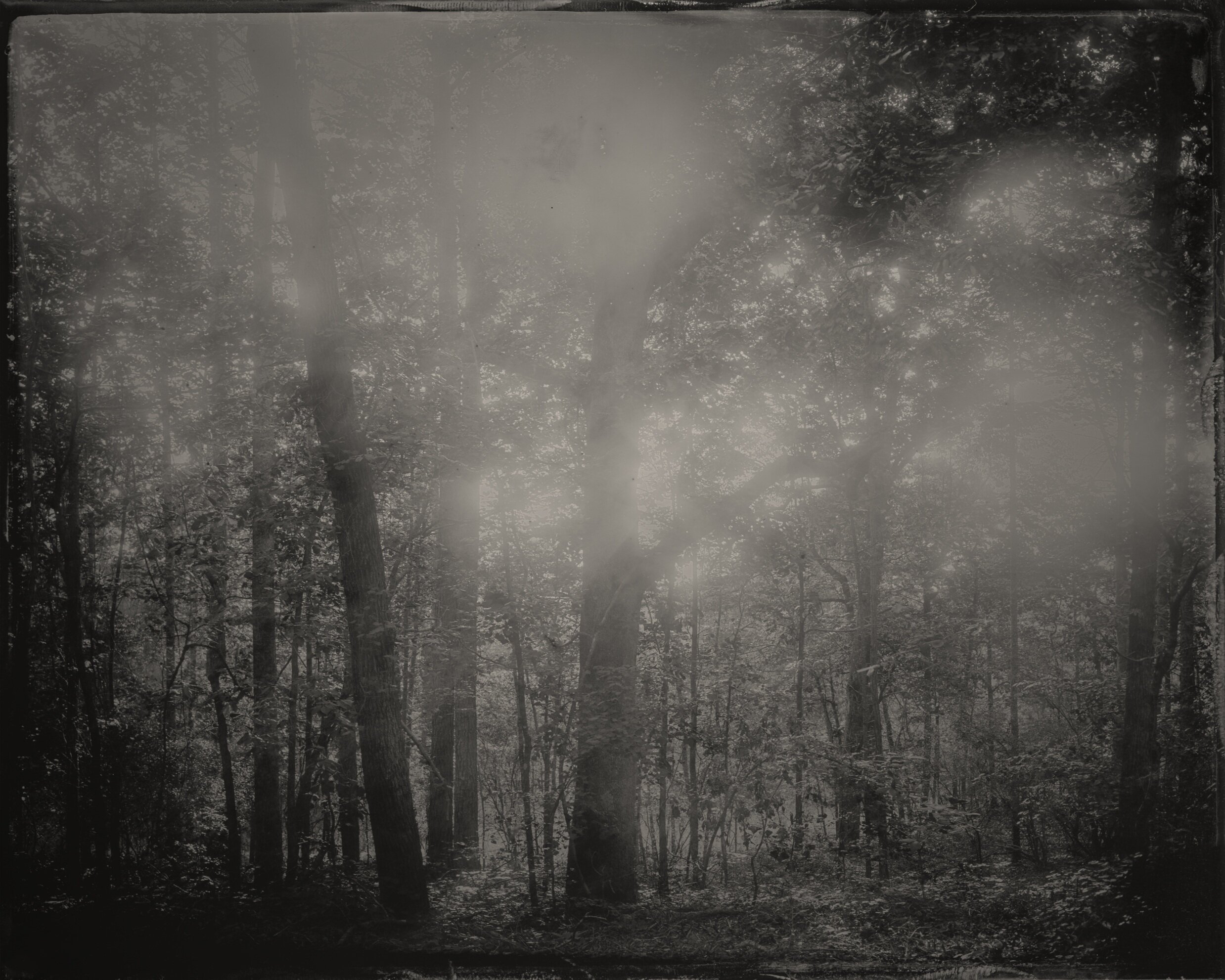
Coosa County, Alabama, 2017
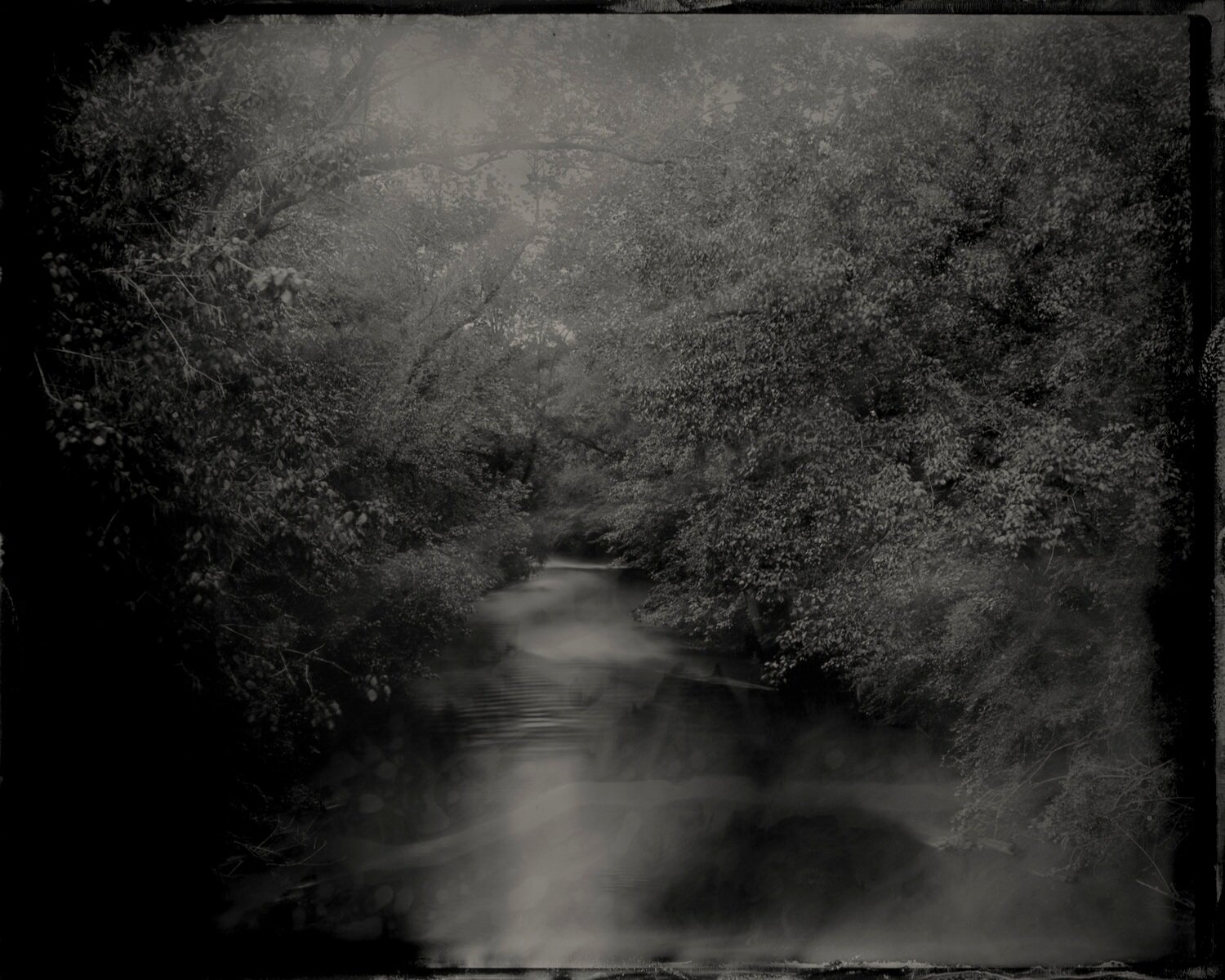
Tallaseehatchee Creek, Calhoun County, Alabama, 2017

Unnamed island on the Coosa River, Cherokee County, Alabama, 2017
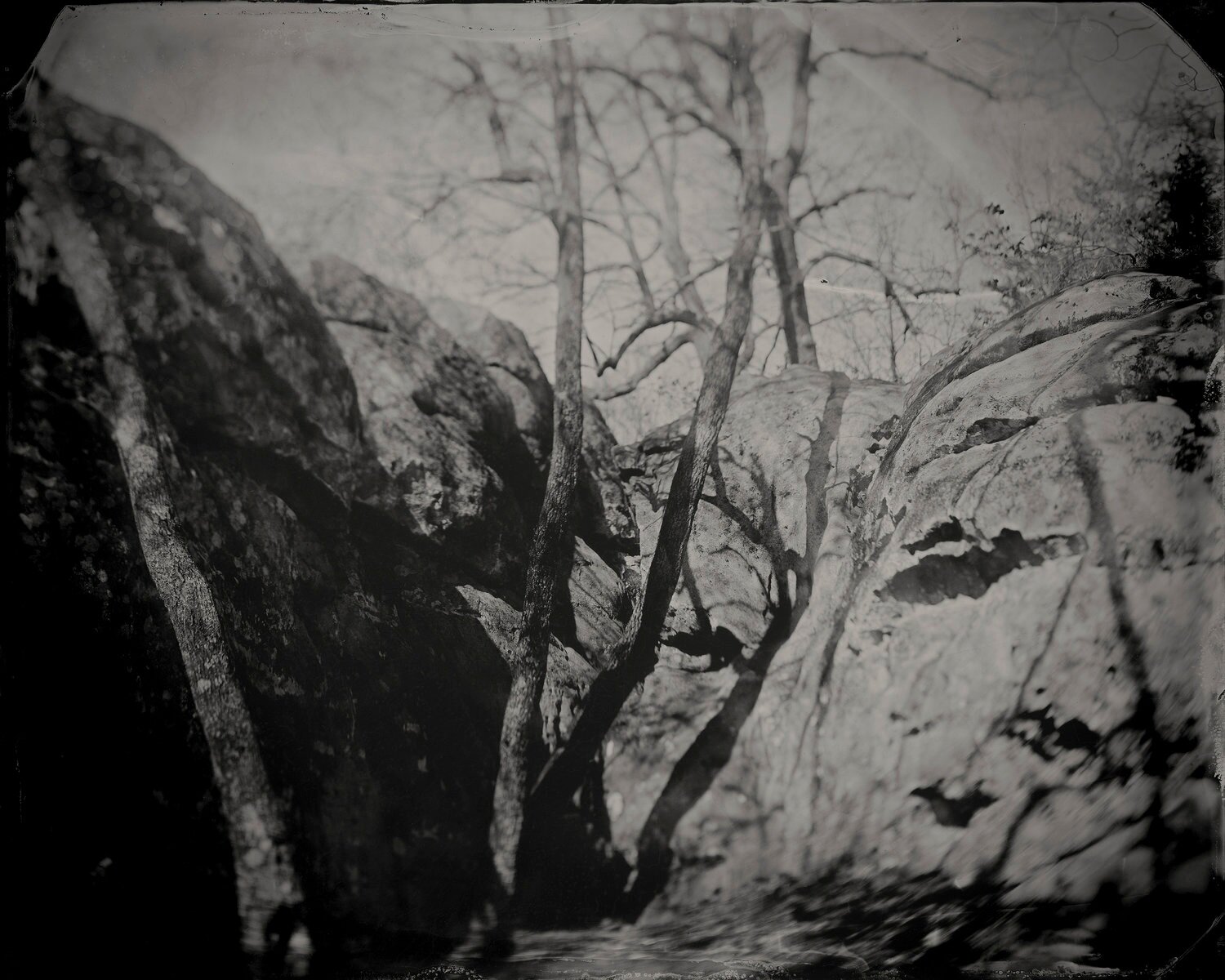
Cherokee Rock Village, Cherokee County, Alabama, 2017


















GUSDUGGER TINTYPE PHOTOGRAPHS is a collaborative project by Birmingham-based photographers CARY NORTON + JARED RAGLAND.
Bessemer Mounds, Jefferson County, Alabama, 2017
Garrett Cemetery, Cherokee County, Alabama, 2017
Old Cahawba, Dallas County, Alabama, 2017.
Hollowed cedar tree at the entrance of Manitou Cave, outside of Fort Payne, Alabama, formerly Willstown, a Chickamauga settlement of the Cherokee nation, 2017
Ohatchee, Calhoun County, Alabama, 2017
Bessemer Mounds, Jefferson County, Alabama, 2017
Cahaba River, Dallas County, Alabama, 2017.
Coosa River, Cherokee County, Alabama, 2017.
Near DeSoto Falls, DeKalb County, Alabama, 2017
Site of Turkeytown, Cherokee County, Alabama, 2017
Moundville, Hale County, Alabama, 2017
Ten Islands, St. Claire County, Alabama, 2017
Coosa River, Cherokee County, Alabama, 2017
Near Socopatoy, Coosa County, Alabama, 2017
Coosa County, Alabama, 2017
Tallaseehatchee Creek, Calhoun County, Alabama, 2017
Unnamed island on the Coosa River, Cherokee County, Alabama, 2017
Cherokee Rock Village, Cherokee County, Alabama, 2017